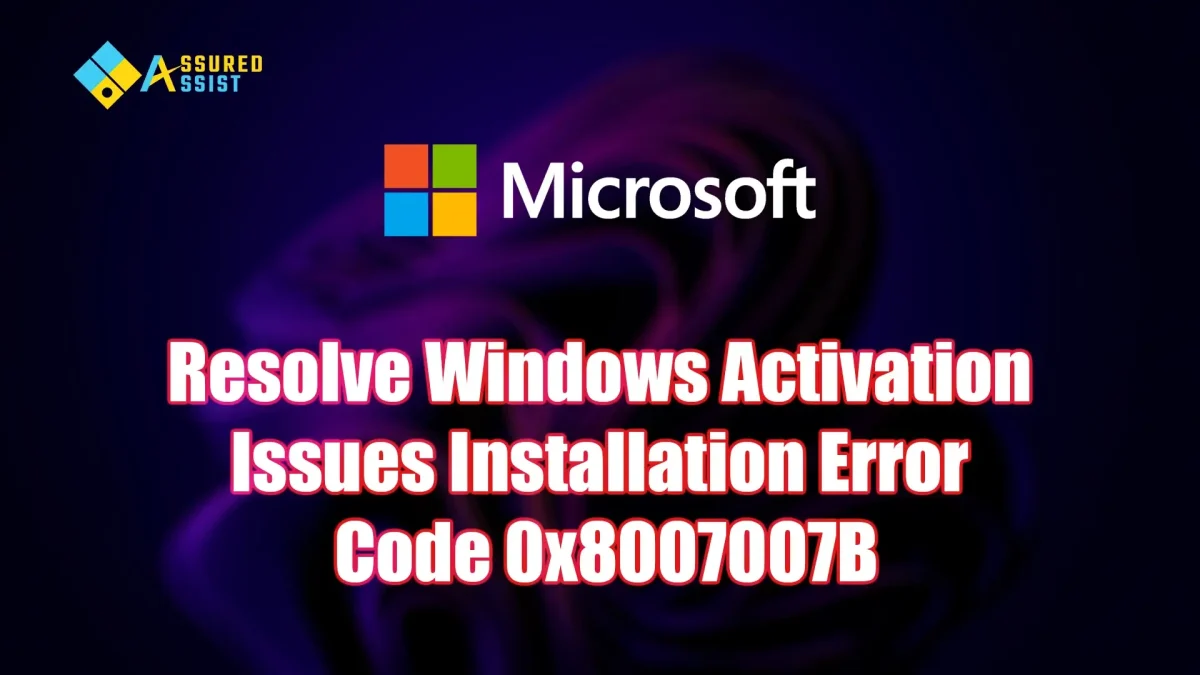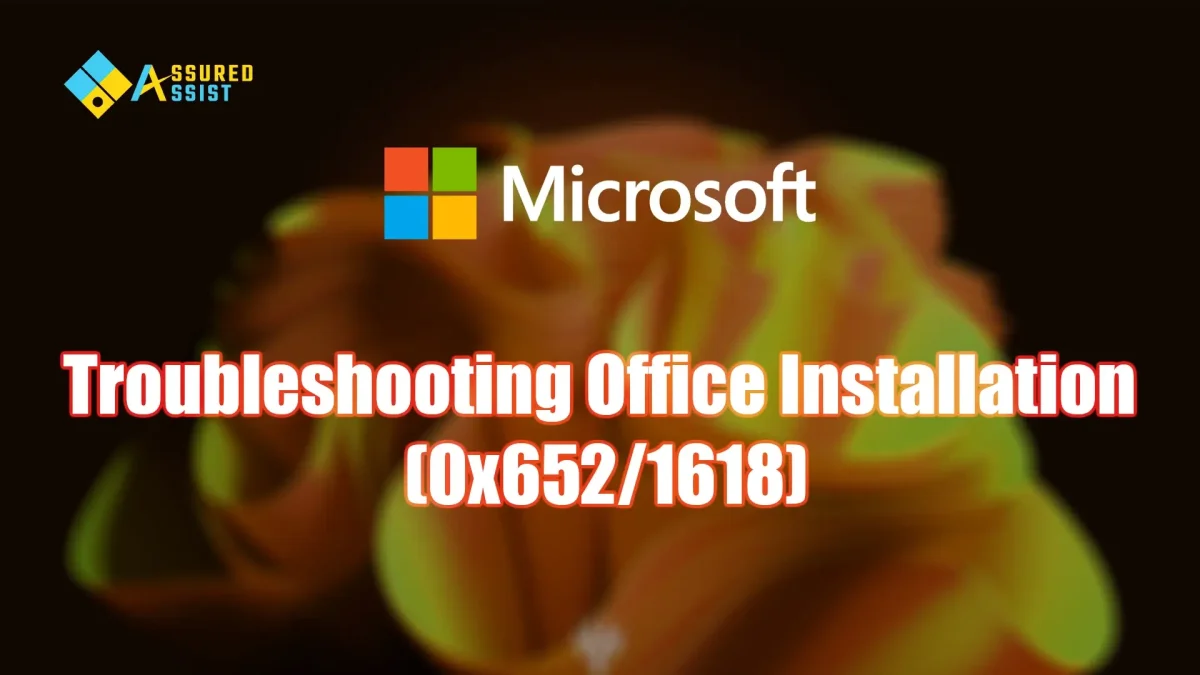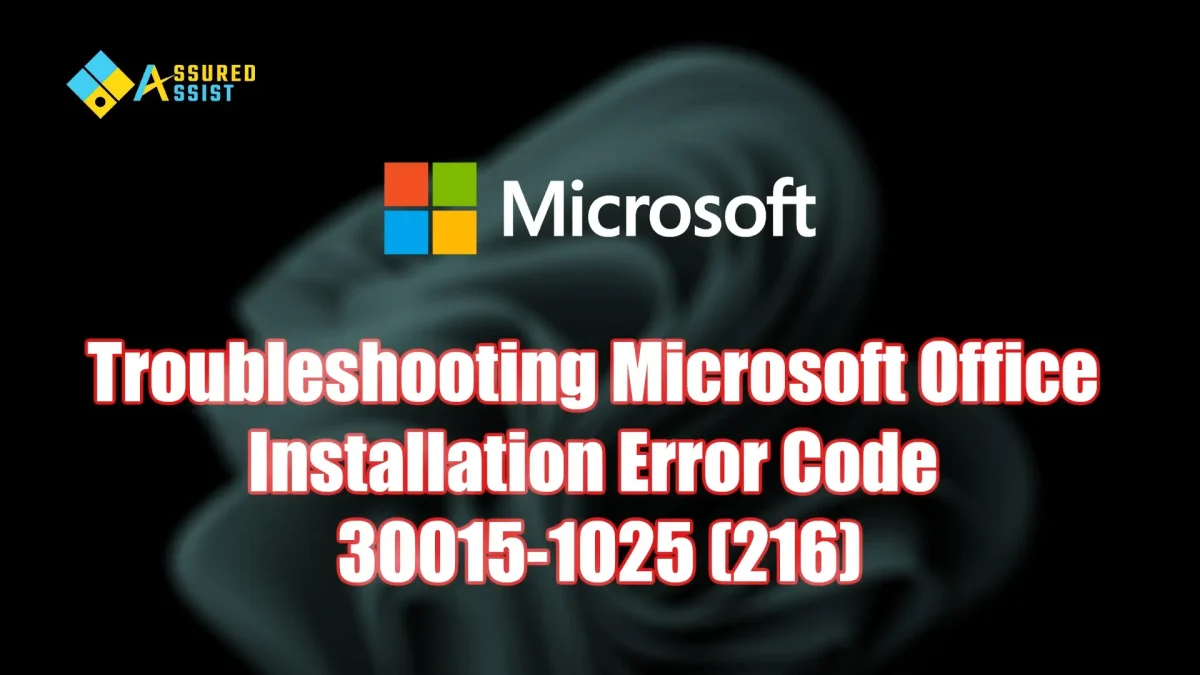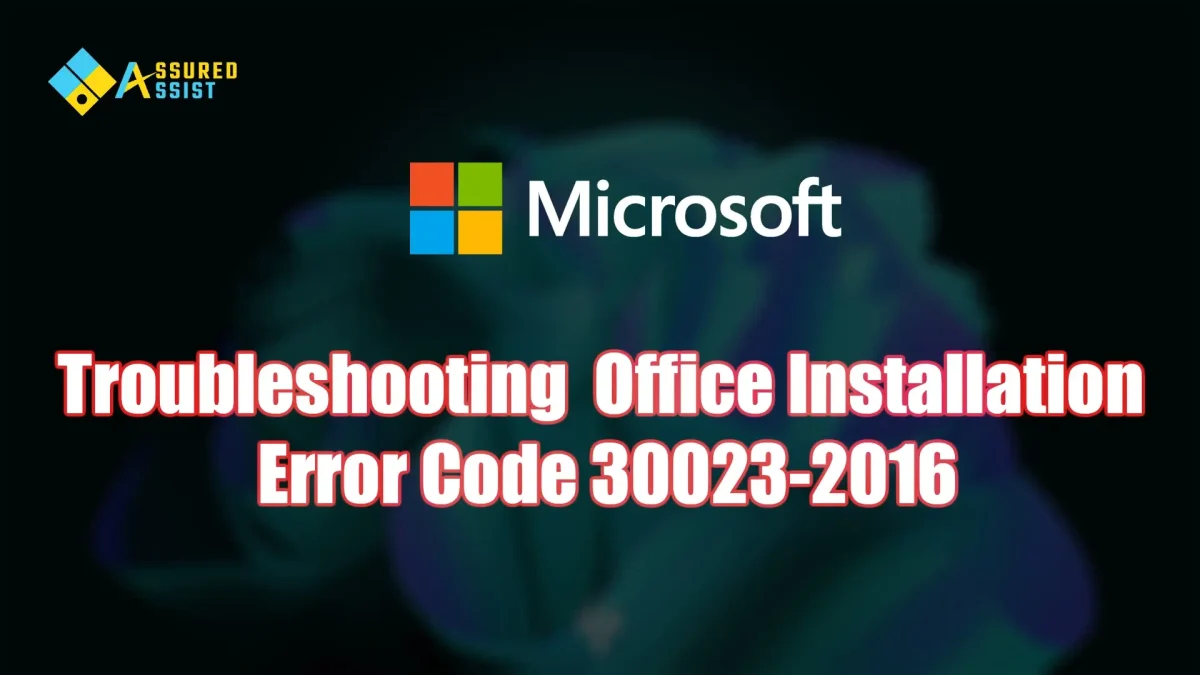Getting to Know the Issue:
The blue screen reboot loop often happens because of system updates that mess with Windows 10’s stability. These updates can include security fixes new features, or driver changes that aim to make your system run better, but sometimes they cause compatibility problems or damage system files. You might see error codes like SYSTEM_SERVICE_EXCEPTION, CRITICAL_PROCESS_DIED, or UNEXPECTED_KERNEL_MODE_TRAP when this happens.

Immediate Steps to Take to solve Windows 10 Update Leads to Blue Screen Reboot Loops:
Boot into Safe Mode:
Restart your computer. As it boots up, keep pressing F8 or Shift + F8. This should bring up the Advanced Boot Options menu. If you can’t get to this menu, you might need to use Windows installation media or recovery tools.
Once you’re in the menu, pick Troubleshoot then Advanced options, and select Startup Settings. Hit Restart and then press 4 or F4 to start in Safe Mode.
Uninstall Recent Updates:
After entering Safe Mode, go to Settings > Update & Security > Windows Update > View update history > Uninstall updates.
Pick the most recent updates and remove them. This can fix problems that new updates might have caused.
Update Device Drivers:
In Safe Mode open Device Manager (you can find it in the Control Panel or by searching in the Start menu).
Look for any devices with a yellow exclamation mark that shows driver problems. Right-click the device and choose Update driver.
You might also want to check the device maker’s website to get the newest drivers straight from the source.
Run System File Checker (SFC) and Deployment Imaging Service and Management Tool (DISM):
Open Command Prompt as an admin. Type cmd in the Start menu search right-click Command Prompt, and pick Run as administrator.
Start the SFC scan. Type sfc /scannow and hit Enter. This checks for and tries to fix broken system files.
Next, use the DISM tool. Type DISM /Online /Cleanup-Image /RestoreHealth and hit Enter. This helps to repair any damage to the system image.
Perform a System Restore:
If these steps don’t fix the problem, think about using System Restore to take your system back to how it was before the update caused issues.
Head to Troubleshoot > Advanced options > System Restore and follow the steps to pick a restore point.
Reset Your PC:
As a final option, you can reset your PC. Go to Troubleshoot > Reset this PC and decide if you want to keep your files or get rid of everything. This choice reinstalls Windows and either keeps or removes your personal files based on what you pick.
Blue Screen Reboot LoopsWindows 10 Update Leads Blue Screen Reboot LoopsWindows 10 Update Leads to Blue Screen Reboot LoopsWindows Update Leads to Blue Screen Reboot Loops

































